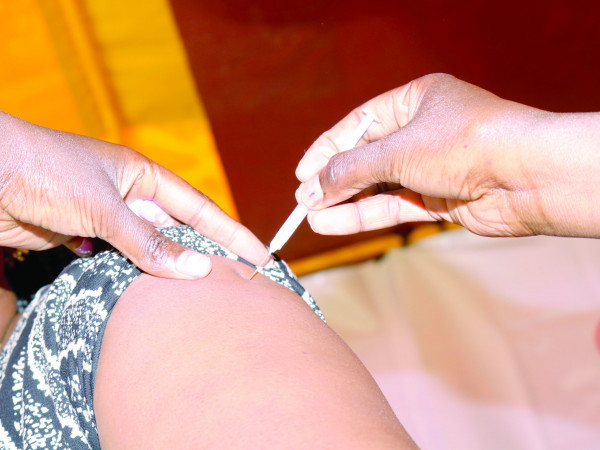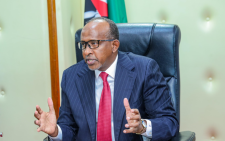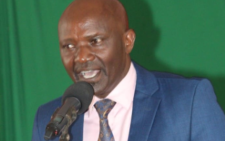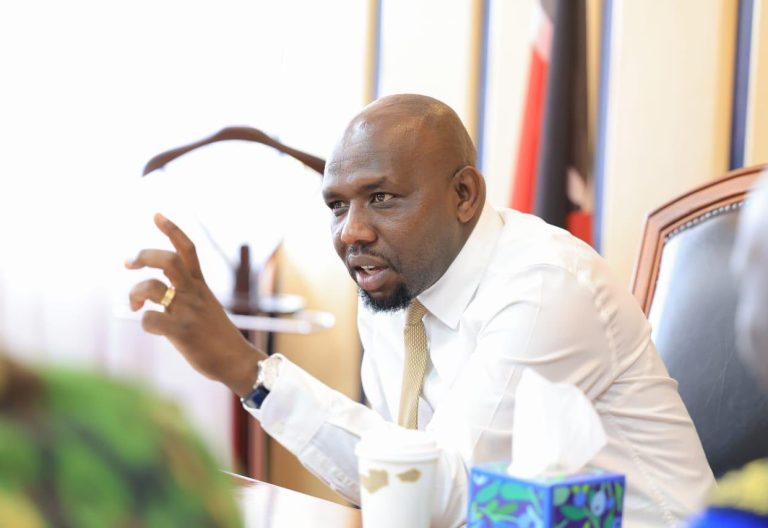Millions of children miss out on immunisation — WHO

More countries in the world continue to expose children to serious health conditions because of failure to close child immunisation gap
Data further show that vaccination rates against the deadly measles disease stalled, leaving nearly 35 million children with no or only partial protection.
It warns lack of action will put at risk the efforts to highlight the need to accelerate efforts to meet the Immunisation Agenda 2030 (IA2030) targets of 90 per cent coverage, and no more than 6.5 million ‘zero-dose’ children globally by 2030.
Data by the World Health Organisation (WHO) and Unicef, says childhood immunisation coverage stalled in 2023, leaving 2.7 million additional children un- and under-vaccinated compared to pre-pandemic levels in 2019,
According to the findings, the number of children who received three doses of the vaccine against diphtheria, tetanus and pertussis (DTP) in 2023 – a key marker for global immunization coverage – stalled at 84 per cent (108 million).
However, the number of children who did not receive a single dose of the vaccine increased from 13.9 million in 2022 to 14.5 million in 2023.
More than half of unvaccinated children live in the 31 countries with fragile, conflict-affected and vulnerable settings, where children are especially vulnerable to preventable diseases because of disruptions and lack of access to security, nutrition, and health services.
Additionally, 6.5 million children did not complete their third dose of the DTP vaccine, which is necessary to achieve disease protection in infancy and early childhood.
The report underscores the need for ongoing catch-up, recovery and system-strengthening efforts.
“The latest trends demonstrate that many countries continue to miss far too many children,” said Unicef Executive Director Catherine Russell.
“Closing the immunisation gap requires a global effort, with governments, partners, and local leaders investing in primary healthcare and community workers to ensure every child gets vaccinated, and that overall healthcare is strengthened.”
These trends, which show that global immunisation coverage has remained largely unchanged since 2022 and – more alarmingly – has still not returned to 2019 levels, reflect ongoing challenges with disruptions in healthcare services, logistical challenges, vaccine hesitancy and inequities in access to services.
Driving measles outbreaks
In 2023, only 83 per cent of children worldwide received their first dose of the measles vaccine through routine health services, while the number of children receiving their second dose modestly increased from the previous year, reaching 74 per cent of children.
These figures fall short of the 95 per cent coverage needed to prevent outbreaks, avert unnecessary disease and deaths, and achieve measles elimination goals.
Over the last five years, measles outbreaks hit 103 countries – home to roughly three-quarters of the world’s infants. In contrast, 91 countries with strong measles vaccine coverage did not experience outbreaks.













